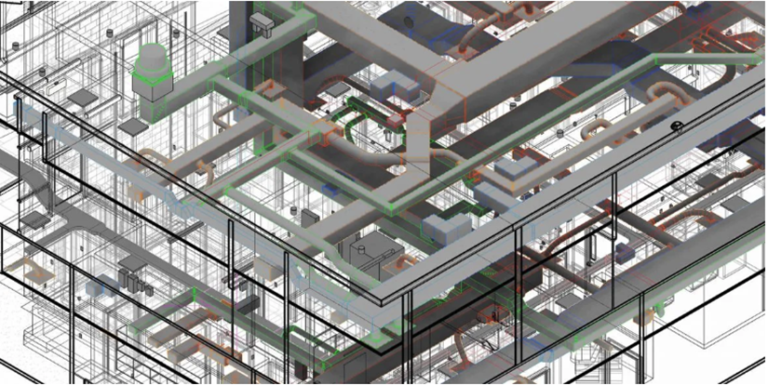How to Choose Building Materials: Factors to Keep in Mind
While choosing building materials, a few key elements become an integral factor. These factors guarantee the materials are appropriate for the project. Here are the essential considerations:

Durability
Durability is pivotal for durable designs. Choose materials that endure climate and wear. For instance, brick and stone last longer than wood. Guarantee materials oppose decay, erosion, and bugs. Durable materials lessen maintenance costs over the time.
Cost
Budget is a huge calculate in material decision. Materials range generally in cost. Balance cost with quality and lifespan. Once in a while, putting away more upfront saves’ money later. Think about long haul costs, not simply initial costs.
Climate Compatibility
Materials must suit the local climate. In hot areas, use materials that stay cool. In cold regions, prioritize insulation properties. Some materials handle moisture better than others. Choose materials that won’t warp or degrade in your climate.
Sustainability
Sustainable materials are progressively significant. Search for eco-friendly choices like recycled or renewable resources. Bamboo and recovered wood are good examples. Think about the natural effect of material creation. Reasonable decisions decrease carbon footprint.
Availability
Readily available materials are often more practical. Local materials are usually cheaper and easier to source. They also support the local economy. Check if specialized materials need to be imported. Imported materials can have longer lead times and higher costs.
Aesthetic Appeal
Aesthetics assume a critical part in material choice. The look of a material influences the general design. Pick materials that match your ideal style. Think about variety, surface, and finish. Stylish decisions should also align with function.
Functionality
Materials must meet the functional needs of the project. For load-bearing structures, use strong materials like steel. For insulation, choose materials with high R-values. Flooring should be durable and easy to clean. Match material properties to their intended use.
Maintenance
Consider the maintenance needs of different materials. Some materials require regular upkeep. Others are low-maintenance and more convenient. For example, vinyl siding requires less maintenance than wood. Choose materials that fit your maintenance capacity.
Health and Safety
Health and security are central. Stay away from materials that discharge harmful chemicals. Guarantee materials are heating proof if vital. Non-harmful, hypoallergenic materials are better for indoor use. Check for certifications that confirm material security.
Regulations and Codes
Material choice is influenced by building codes and rules. One must ensure that materials meet the local building standards. Code of material means how much material is fire resistant, structural integrity and many more. Non-compliance can be the main reason of fines and project delays. So, one should always check the local regulations before purchasing materials.
Energy Efficiency
Energy-efficient materials save on utility bills. Insulation, windows, and roofing can impact energy use. Look for materials with good thermal properties. Energy-efficient choices can qualify for tax credits and incentives.
Acoustic Properties
Acoustic properties are important in certain buildings. Materials like acoustic panels help with soundproofing. In residential areas, quieter materials improve comfort. Consider how materials affect noise levels inside and outside the building.
Recyclability
Consider the end-of-life options for materials. Recyclable materials reduce waste and environmental impact. Metals, glass, and certain plastics are highly recyclable. Plan for how materials will be disposed of or repurposed.
Resistance to Natural Disasters
In disaster-prone areas, choose resistant materials. Earthquake-resistant materials are crucial in seismic zones. Flood-resistant materials are important in flood plains. Fire-resistant materials protect in wildfire-prone areas. Tailor material choice to local risks.
Supplier Reliability
Choose reliable suppliers with a good track record. Reliable suppliers provide quality materials on time. Check reviews and ask for references. A good supplier can also offer valuable advice on material choices.
Resultantly, there are many factors involved in selection of building materials. The key factors of them are durability, cost, weather compatibility and sustainability. Moreover, maintenance, functionality, aesthetics also matters a lot. Acoustic properties like recyclability and disaster resistance are also very important. At the end your supplier must be reliable. By keeping in mind these factors on can lead to a successful material choice.






